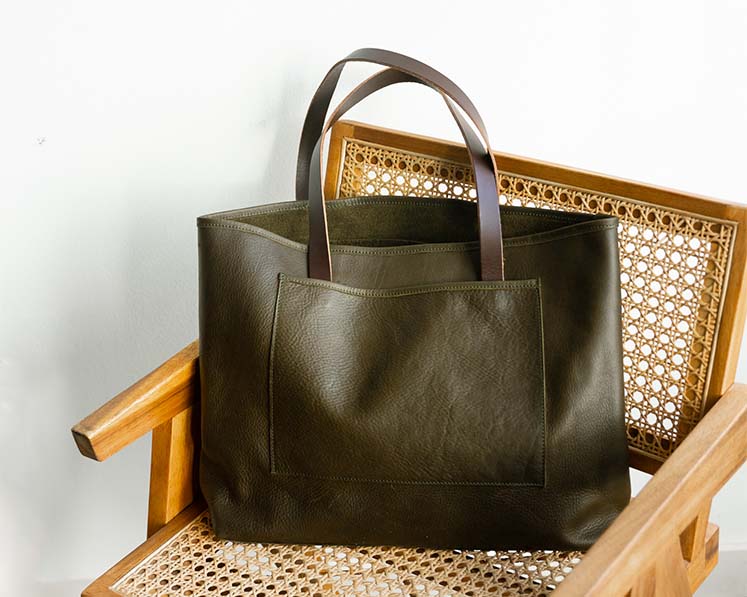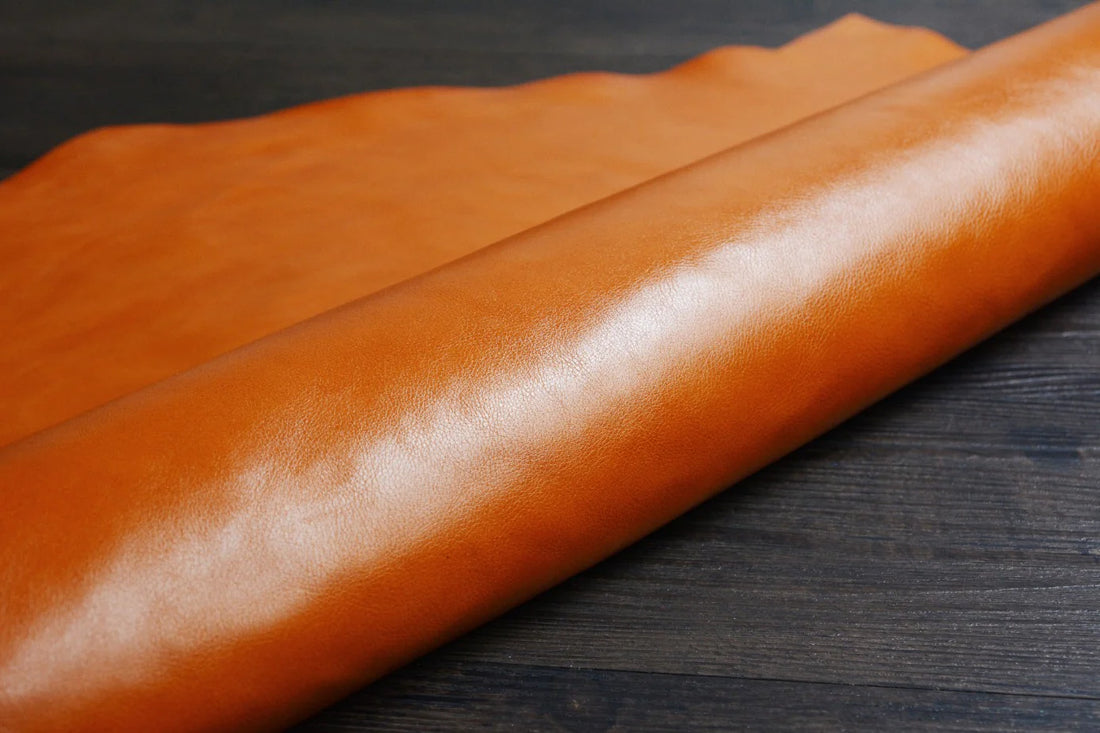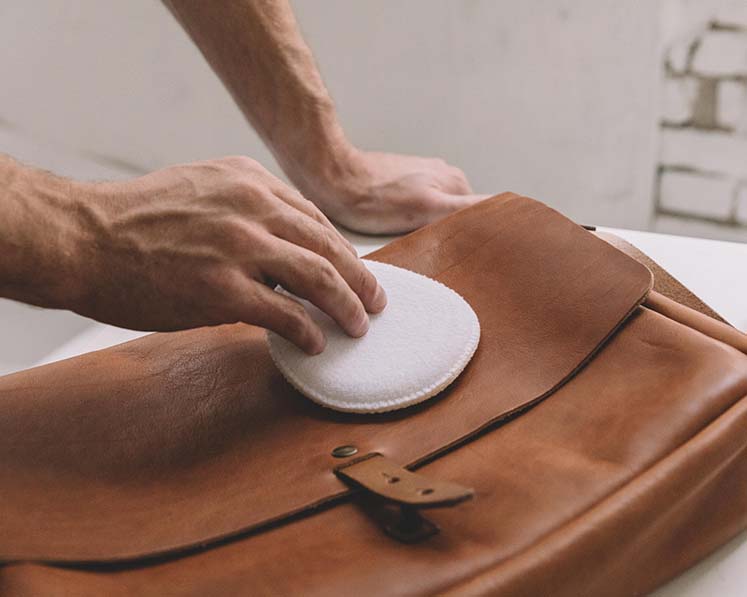When it comes to leather goods, few materials compare to the beauty and durability of genuine full grain leather. This premium leather is prized for its natural characteristics and longevity, but not all full grain leather is created equal. Understanding the craftsmanship involved in its production is essential for making informed purchasing decisions. Here’s what you need to know about the key factors that contribute to high-quality full grain leather.

1. Choosing the Right Material
The foundation of any great leather product begins with the quality of the raw material. Genuine full grain leather is made from the top layer of animal hide, typically from cows, and is characterized by its natural grain. The best hides come from older animals, which provide a thicker and more durable leather that retains its unique texture and markings.
2. Tanning Processes
The tanning process is crucial for transforming raw hides into supple leather. Opting for natural tanning methods, such as vegetable tanning, ensures that the leather maintains its natural beauty and is more environmentally friendly. This process allows the leather to breathe and develop a rich patina over time, enhancing its aesthetic appeal.
3. Stitching Techniques
Quality stitching is vital for the durability and longevity of leather products. Hand-stitching is often preferred for its precision and strength, as it allows for tighter seams and a more refined finish. High-quality leather goods will use strong thread materials, such as polyester or nylon, that can withstand daily wear and tear.
4. Edge Finishing
The edges of leather products should be carefully treated to prevent fraying and damage. High-quality full grain leather items often feature beveled and burnished edges, which not only improve durability but also enhance the overall appearance. A well-finished edge reflects the attention to detail and craftsmanship that went into the product.
5. Surface Treatments
While full grain leather is naturally beautiful, some products may undergo surface treatments for added protection. Water-resistant coatings can help guard against spills and stains while maintaining breathability. However, it’s essential to strike a balance, as overly processed leather can lose its natural appeal.
6. Coloring and Dyeing
The use of natural dyes is preferable when coloring full grain leather. These dyes provide rich, vibrant colors while allowing the leather’s natural grain to show through. Chemical dyes, on the other hand, can lead to inconsistent coloring and may damage the leather’s integrity over time.
7. Practical Design
Craftsmanship isn’t just about the material; it’s also about the design. A well-crafted leather product should be both functional and aesthetically pleasing. Considerations like pocket placement, strap length, and overall usability should be thoughtfully incorporated into the design.
8. Quality Control
Rigorous quality control measures throughout the production process are essential to ensure that each piece of leather meets high standards. Inspecting for consistency in color, stitching, and finish can help prevent defects and ensure customer satisfaction.
9. Packaging and Care
Finally, how leather products are packaged and cared for can significantly affect their longevity. Using breathable packaging materials helps maintain the leather’s integrity during shipping and storage. Providing care instructions for customers ensures that they can keep their leather goods looking their best.
Conclusion
Understanding the craftsmanship behind genuine full grain leather is key to appreciating its value. From selecting high-quality hides to employing meticulous stitching techniques, every detail plays a role in creating durable and beautiful leather products. By knowing what to look for, you can make informed choices that ensure your investment in leather goods will stand the test of time. Happy shopping!




